Buying a used car can be a bit of a gamble, especially if you’re considering a private purchase. If you’re not careful, you could end up being sold a dud that will cost you a fortune to keep on the road, or – worse still – you could be driving a dangerous vehicle.
You get a little more protection if you are buying your used car from a dealer, but it’s still a good idea to view your car with someone who has a little more experience in buying and selling cars.
This guide will itemise the documentation you need to check and the things you need to look out for to ensure the used car you buy is reliable, safe, and legal.
1. Check the vehicle documentation
Check the V5C registration document, the MOT and the vehicle identification number (VIN).
The V5C registration document
The seller should be in possession of the vehicle’s V5C. You’ll need it to tax the car if you decide to buy it.
The V5C should bear the seller’s name and have a watermark. Check there are no spelling mistakes and that the VIN, engine number, colour and number plate on the car match the details recorded on the V5C.
The MOT documentation
If the car is more than three years old, check that it has a current MOT and that the details recorded on it match the details of the used car you are inspecting. You can use the government website to check the MOT history of a vehicle for peace of mind.
Check the car’s service record to ensure the cam belt has been replaced according to the manufacturer’s recommendation if the car is old enough or it’s done enough miles.
The VIN plate
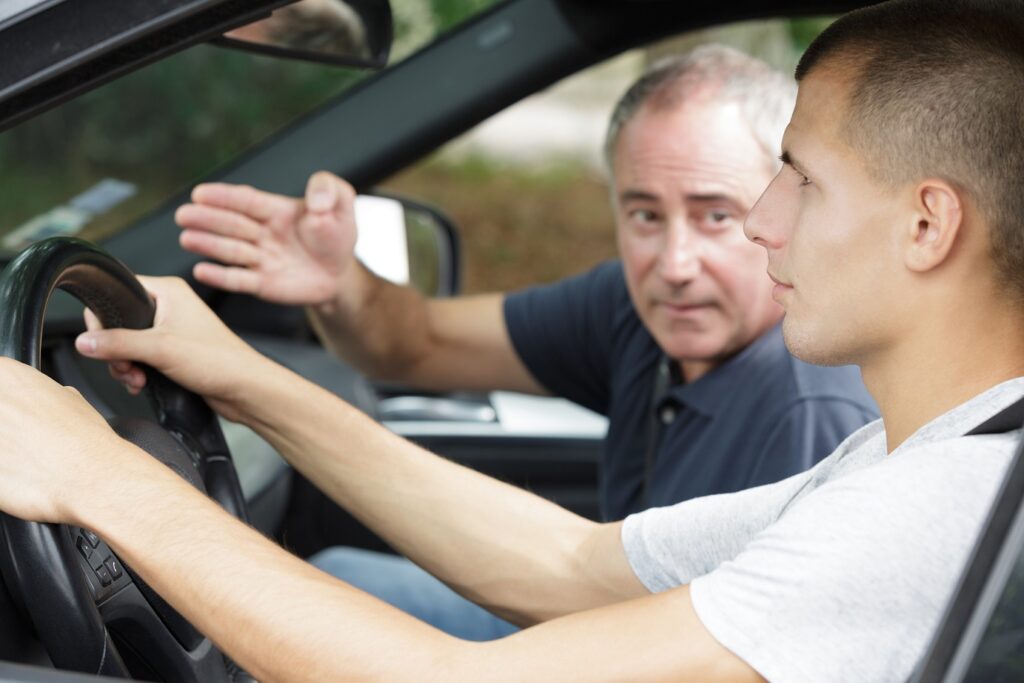
Lastly, check the VIN plate, which is the identifying code used for each specific car. You’ll find it stamped into the chassis, usually in the engine bay or beneath the plastic trim around the driver or passenger door opening.
Car manufacturers often repeat the VIN in other areas, such as on a sticker on the windscreen or etched onto windows or headlamps. Check them for tampering.
2. Check the vehicle mileage
The mileage of a used car can be one of the major influences on the asking price. Generally, the lower the mileage the higher the price, so you will need to check the mileage has been recorded accurately and the vehicle hasn’t been “clocked”, i.e. had it’s mileage wound back.
Work on the average that most cars will do between 7,000 and 8,000 miles a year. Does the mileage of the vehicle you are inspecting match the car’s age, appearance and general wear and tear?
Check for signs that the instruments have been tampered with, and that the mileage recorded on service records and MOTs matches that displayed on the milometer in the car. In general, the mileage shown on service records should increase steadily year on year.
3. Check for undisclosed damage
It’s important to know if the used car you are thinking of buying has been involved in an accident and, if it has, that repairs have been made to the highest standard.
A car that has been in a crash may look sound because of the cosmetic work done on it, but it may be hiding all sorts of dangerous issues.
- As a result, it’s important to check the car thoroughly for any undisclosed damage. Simple checks you can perform include:
- Looking for excessive gaps between panels or mismatched colours, which could be a sign of accident damage repair.
- Checking the paint finish is consistent and that there is no paint on handles, window seals or plastic mouldings.
- Checking for post production welding under the bonnet or in the boot.
4. Perform general safety checks
Now check the tyres, seat belts, lights and windscreen wipers and washers.
The tyres should be in good condition with no gouges, scuffs, bulges or excessive wear. Tyres with less than 3mm of tread will soon need replacing. Check the spare too.
All the seat belts should work and should be free of any damage that could impair them.
Make sure all the lights and windscreen wipers and washers work. If light bulbs are gone, wiper blades are worn or the washer reservoir is out of fluid, it might indicate the car has been poorly maintained.
It’s a good idea to check beneath the car for leakage of water, oil or other lubricants.
5. Check beneath the bonnet
You don’t have to be a trained mechanic to develop an eye for what to look out for beneath the bonnet of a used car.
Make sure you inspect the oil tank as sludge on the filler cap could indicate a poor service history. If the oil level is too low, this may indicate a leak or that the car has been neglected.
You should also be concerned if the oil level is too high, as it could indicate poor servicing or that it has been over-filled because of a leak. You might want to check the oil level before and after you go for a test drive to see if the oil drains too quickly, which could be a sign of a leak.
Test driving the vehicle you’re thinking of purchasing is an integral part of the car-buying process. Whatever your feelings towards the car, they can quickly change once you start driving around. In this blog, we outline the most important factors to consider when test driving a car – whether the car is new or used.
6. Take a test drive
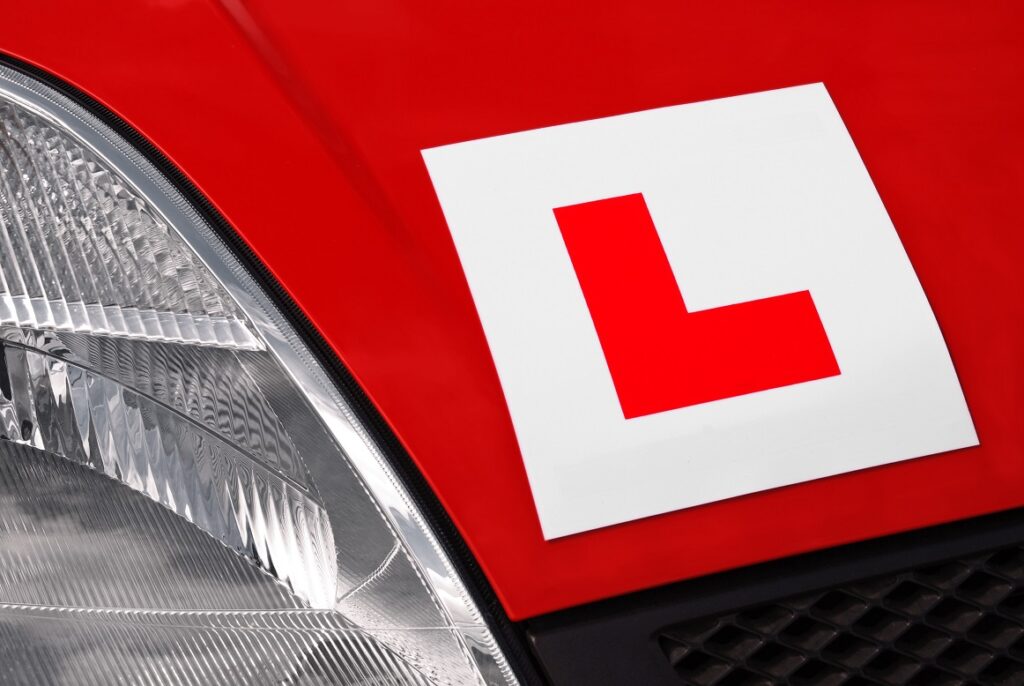
Before you head off on a test drive, make sure you have the correct insurance in place. If you’re test-driving a vehicle at a car dealer, chances are they will have set this up for you already, but if you’re buying a car privately, it’s likely that you’ll have to take out your own insurance. We offer short-term insurance if you need to test drive a car, whether you’re still a learner driver or you’ve already passed your test.
And while you’re at it, you could even ask for an annual insurance quote for the car. This will give you an indication on whether the vehicle plus insurance is within your price range.
Here are some times to test driving your car.
Display L or P plates if necessary
If you’re still learning to drive, make sure you display your L plates as by law, you need to display these even on short test drives. If you’ve just passed your test, P plates can help let other people know that you’re new to driving so they give you more space.
Touch the bonnet first
Before you turn the car on, check to see if the engine is warm by placing your hand on the bonnet (or wherever the engine is located). It’s best to wait for the engine to cool down completely before test driving. A warm engine suggests that the car has recently been driven, which could be a sign that the seller is trying to hide a problem with how the car starts.
Turn the car on
Now it’s time to turn on the ignition. Listen out for any unusual noises, bangs or rattles. This would be an indication that there’s an issue with the engine or suspension.
Check the lights and exhaust are working before you set off
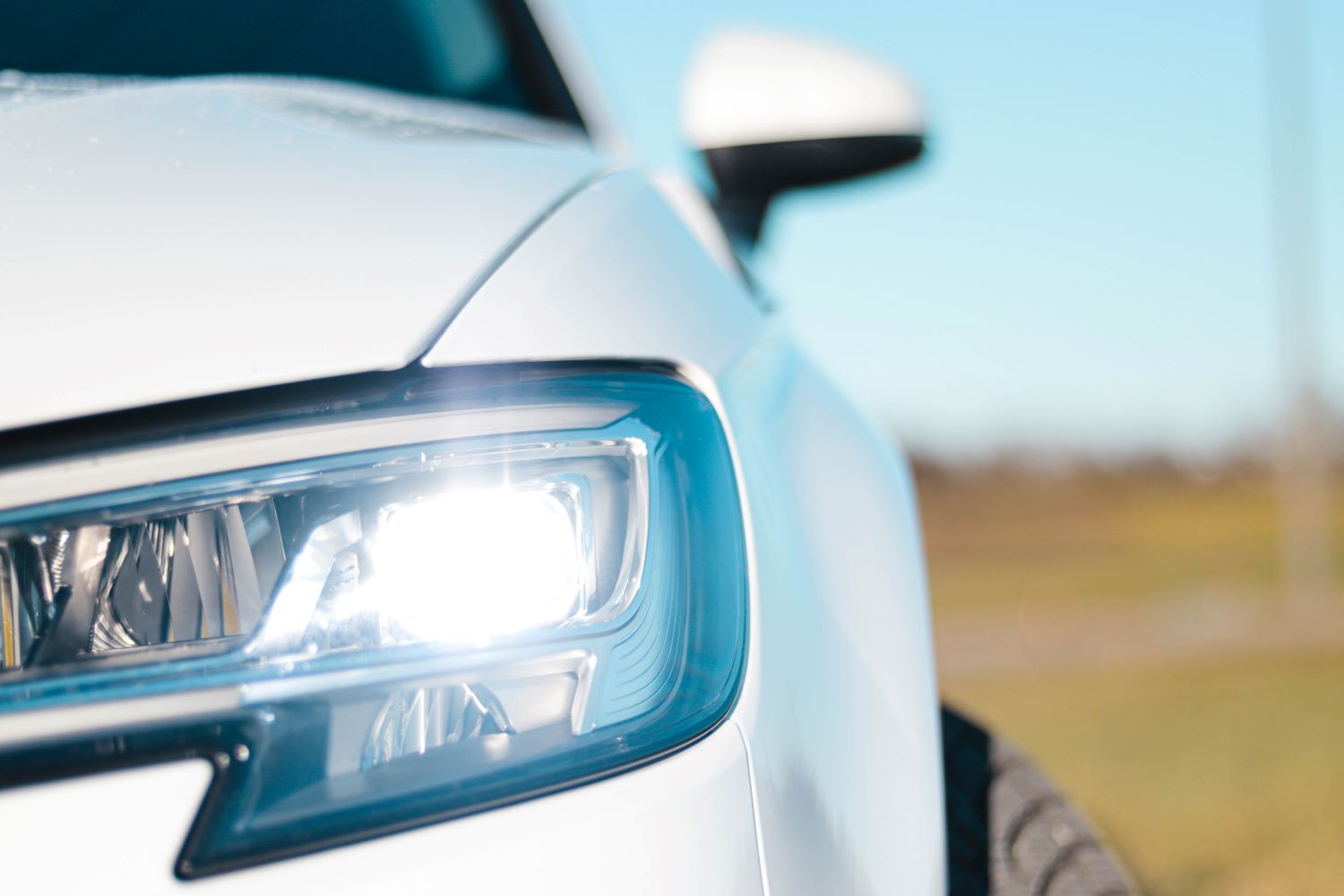
Take this opportunity to check the lights work and that the exhaust isn’t smoking. Switch on all the lights and go around the car checking that they’re all working properly.
If someone else is with you, get back in the car and press the brakes while the person is behind the car so they can make sure the brake lights are working. If you’re looking at the car by yourself, you can park the car in front of a reflective surface – such as a window, or even a lightly coloured wall. If the brake lights are working, you should be able to see their reflection in the rearview mirror.
The exhaust shouldn’t smoke profusely when you turn on the car. You can get out and check this when you check the lights.
Check the steering wheel
With the car parked but switched on, turn the steering wheel all the way to the left, then all the way to the right. Although this might cause some noise, the noise shouldn’t be too loud.
Start driving the car
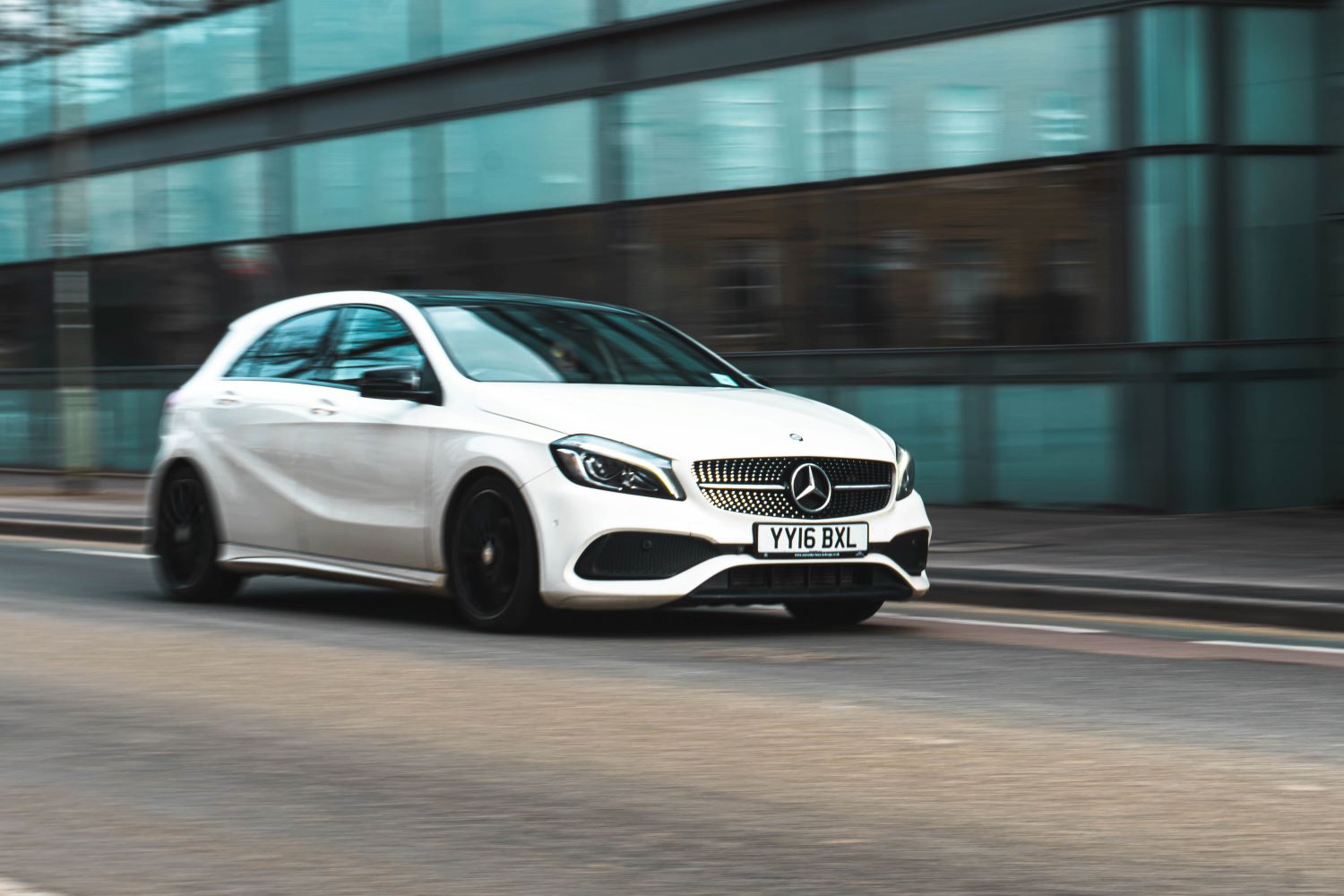
Start driving off. It’s a good idea to plan a route that would allow you to drive at a range of speeds and in different conditions. If you’re able to, find a route that includes residential driving (including speed bumps, preferably), built-up areas, single or dual carriageways, and even a motorway if you’re near one.
Check the brakes
Make sure you check the brakes early on as cars that have been left idle for a while can develop brake issues. The brake pad should be responsive and shouldn’t feel spongy or weak when pressed. If you feel like there’s something wrong with the brakes even after driving around for a few minutes, it’s best to head back as brake issues can be dangerous.
Test the brakes further by performing this simple test.
Pick a straight stretch of road and brake when it is safe to do so. The car should brake without veering off to the side (unless the road is sloped slightly). If it does veer in a specific direction, this is a sign that there is an issue with the brakepads, tyre pressure or suspension.
Test the gears
If possible, test all the gears on your test drive. You should be able to change gears smoothly without any crunching noises – if not, this could indicate that there is something wrong with the car’s gearbox.
Focus on the steering
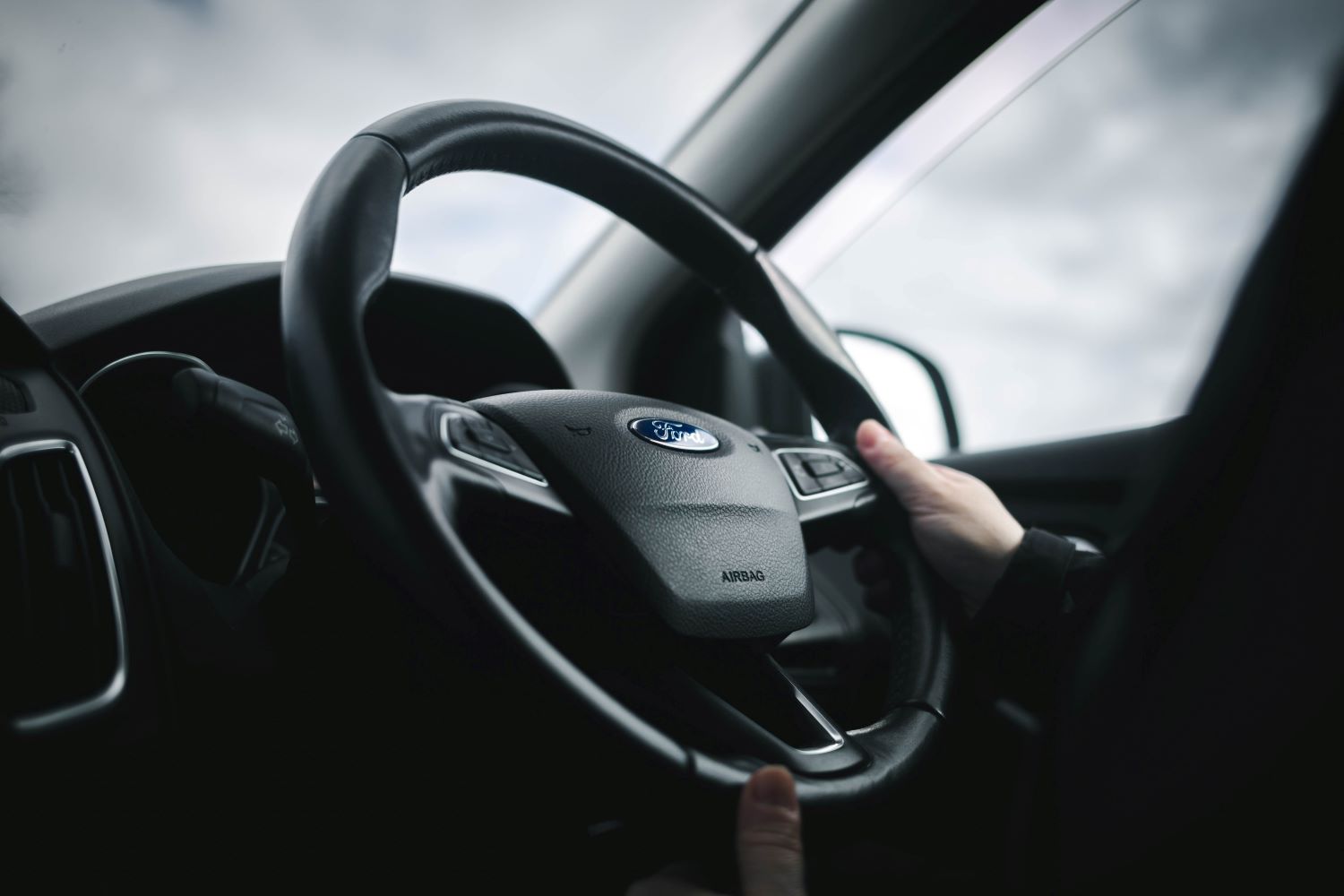
Next, turn your attention to the steering. Make sure the steering wheel doesn’t vibrate or shake, especially when speeding up or slowing down.
You should also check that the steering wheel is straight when you’re driving on a straight road. If it isn’t, the steering wheel might need to be adjusted.
Listen out for odd noises and look out for fumes
Make sure to listen out for any odd noises while driving. This could include bangs, groans or creaks.
It’s a good idea to check your rearview mirror for any signs of unusual fumes from your exhaust when you’re driving.
Finally, make sure you’re comfortable driving the car

Make sure that you take some time to consider how you feel when test driving the car. Do you feel comfortable? Or do you feel anxious when driving it? When it comes to choosing a new car, it’s a good idea to trust your gut. The last thing you want is a car you don’t enjoy driving, or one you’re just itching to get rid of.
Buy it – or move on
If you’ve performed all the tests and the car has passed with flying colours, you might want to consider buying it! Just make sure that when you leave with the car, you’ve got insurance in place, whether it’s temporary cover or insurance for a whole year. If you’ll soon be driving the car by yourself for the first time, read our tips beforehand.
And if you aren’t 100% certain you want to go ahead with buying the car, no worries – there are plenty of new and used options out there. Read out blog on the best cars for new drivers if it’s your first time buying a car.
Getting insurance for your new car
Whether you’re still learning or you’re a newly qualified driver, Adrian Flux has a range of insurance policies to suit your very individual needs. Learner driver insurance can cost from as little as 65p per day.
And if you’ve recently passed your test, Adrian Flux is the go-to specialist when it comes to value-for-money new driver insurance, whether you are buying a used car or a brand new one straight out of the showroom.
Call 0800 369 8590 for a swift no obligation quote or book a callback at a time that suits you. 81.5% of all customers receiving an online quote in August 2022 could have obtained a cheaper quote over the phone, based on the information they provided.

